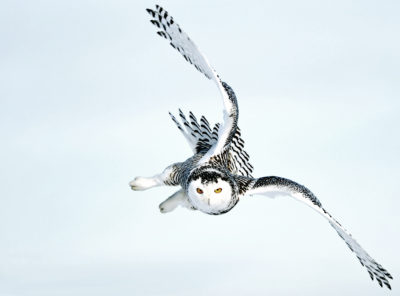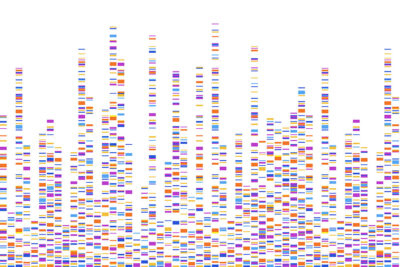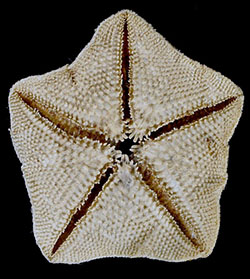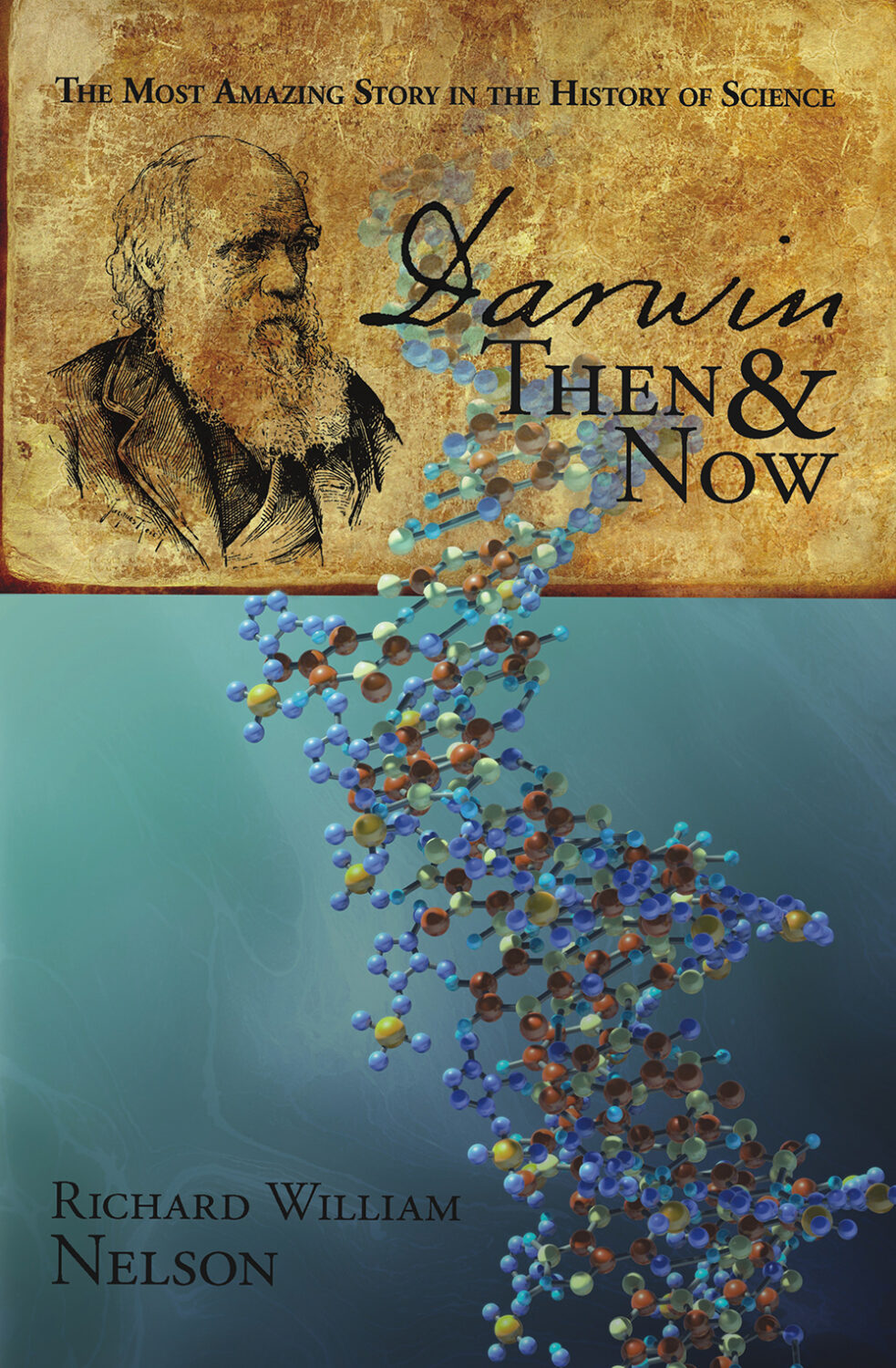by Richard William Nelson | Oct 31, 2012
 As the novelty generating the flight of birds, the feather, the most complex integumentary structure found in vertebrates, has long intrigued and fascinated naturalists.
As the novelty generating the flight of birds, the feather, the most complex integumentary structure found in vertebrates, has long intrigued and fascinated naturalists.
Since Charles Darwin published The Origin of Species in 1859, however, the origin of the feather emerged as a contentious issue. The newfound association between feathers and dinosaurs has only intensified the problem.
Continue Reading
by Richard William Nelson | Sep 18, 2012
 The junk DNA theory was introduced in 1972 by evolutionary geneticist Susumu Ohno in the paper entitled “So Much ‘Junk’ in Our Genome.”
The junk DNA theory was introduced in 1972 by evolutionary geneticist Susumu Ohno in the paper entitled “So Much ‘Junk’ in Our Genome.”
The junk comprises sections in the genome with no discernible function, it was thought. Previously, in 1970, Ohno gained notoriety for his gene duplication-driven theory, presented in his book, Evolution by Gene Duplication.
Continue Reading
by Richard William Nelson | Sep 11, 2012
 “Human evolution is the lengthy process of change by which people originated from apelike ancestors,” explains the Smithsonian Institute exhibit (pictured left) entitled “Introduction to Human Evolution.” Continuing their explanation –
“Human evolution is the lengthy process of change by which people originated from apelike ancestors,” explains the Smithsonian Institute exhibit (pictured left) entitled “Introduction to Human Evolution.” Continuing their explanation –
“Scientific evidence shows that the physical and behavioral traits shared by all people originated from apelike ancestors and evolved over a period of approximately six million years.”
Continue Reading
by Richard William Nelson | Sep 5, 2012
 Exploring human evolution via DNA was essential for twentieth-century evolution scientists. Charles Darwin, however, in The Origin of Species, never used the terms genetics, genetic, and genes until 1872, following the publication of the pea plant inheritance report of Gregor Mendel in 1866.
Exploring human evolution via DNA was essential for twentieth-century evolution scientists. Charles Darwin, however, in The Origin of Species, never used the terms genetics, genetic, and genes until 1872, following the publication of the pea plant inheritance report of Gregor Mendel in 1866.
In his sixth edition, Darwin used the term “genetic” twice, but only to express a genealogical idea, not as a molecular term. In the words of American evolutionary biologist Richard Lewontin,
“Darwin knew nothing about genes.”
Continue Reading
by Richard William Nelson | Jul 24, 2012
 Deciphering evidence for sea star evolution has long intrigued biologists. To explore speciation between two similar-looking sea stars, Jonathan Puritz (pictured below) of the Institute of Marine Biology at the University of Hawaii coordinated a research team to correlate the genetic and geographic differences between two Coral Sea species.
Deciphering evidence for sea star evolution has long intrigued biologists. To explore speciation between two similar-looking sea stars, Jonathan Puritz (pictured below) of the Institute of Marine Biology at the University of Hawaii coordinated a research team to correlate the genetic and geographic differences between two Coral Sea species.
The team’s report, entitled “Extraordinarily rapid life-history divergence between Cryptasterina sea star species,” was published last week in the Proceedings of the Royal Society.
Continue Reading
 As the novelty generating the flight of birds, the feather, the most complex integumentary structure found in vertebrates, has long intrigued and fascinated naturalists.
As the novelty generating the flight of birds, the feather, the most complex integumentary structure found in vertebrates, has long intrigued and fascinated naturalists.
 The junk DNA theory was introduced in 1972 by evolutionary geneticist
The junk DNA theory was introduced in 1972 by evolutionary geneticist  “Human evolution is the lengthy process of change by which people originated from apelike ancestors,” explains the
“Human evolution is the lengthy process of change by which people originated from apelike ancestors,” explains the  Exploring human evolution via DNA was essential for twentieth-century evolution scientists.
Exploring human evolution via DNA was essential for twentieth-century evolution scientists.  Deciphering evidence for sea star evolution has long intrigued biologists. To explore speciation between two similar-looking sea stars,
Deciphering evidence for sea star evolution has long intrigued biologists. To explore speciation between two similar-looking sea stars, 